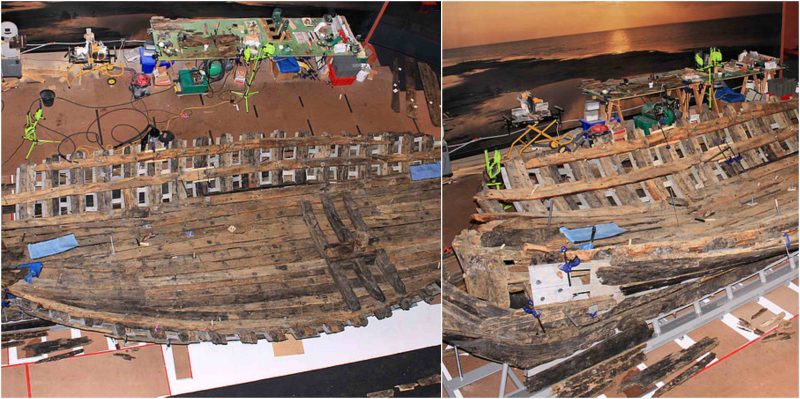The restoration work on the partial remains of a ship that sank 300 years ago; carrying French colonists who were travelling to explore the New World has been completed and is now ready for the public viewing. The ship is believed to have been hit by a massive storm off the Texan coast and failed to survive the ordeal.
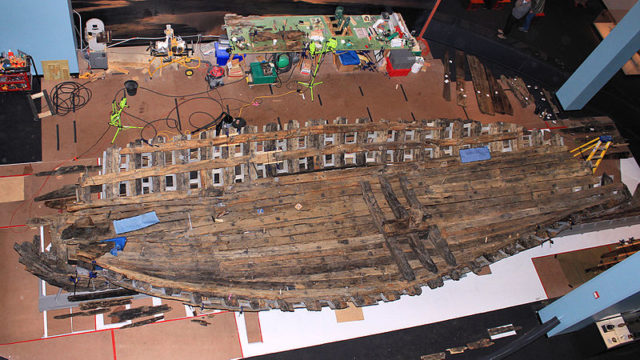
The remains of the Hull of the ship named ‘La Belle’ has been restored by the experts and is going on display in an exhibition organized by Bullock Texas State History Museum in Austin. The news of the completed restoration of the parts of La Belle and its display was released by the Associated Press; public and experts received the news with great excitement.
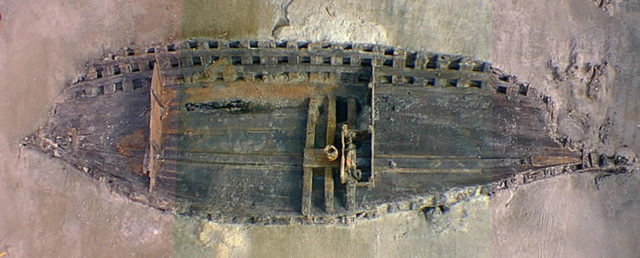
The theory that French explorers very much like Italians and Spaniards ventured to the New World with an ambition to colonise the land was strengthened by the initial excavation of the La Belle. The site was riddled with all sorts of merchandise indicating the colonial ambitions of the French sailors. The wreckage contained a whole host of weaponry, knives, axe heads, pottery, bottles and brass pins. A&M’s watercraft conservator Peter Fix told in the news release that a plethora of personal belongings was also excavated from the site including combs, clothing, along with weapons such as bronze canon, sword fragments, lead shot and long guns.
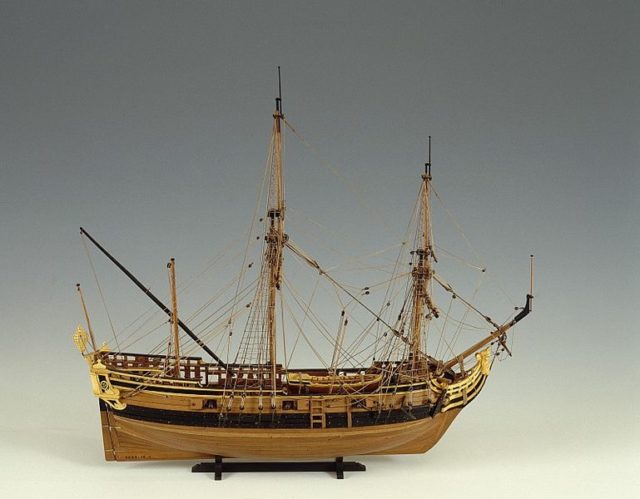
In 1686, La Belle, a 54-feet-long oak frigate sank on an expedition under the expert watch of famous French explorer known as ‘Mississippi River explorer’ Rene-Robert Cavelier Sieur de La Salle. Despite Rene-Robert’s expertise the expedition was doomed from the get-go, due to the faulty maps. With faulty navigation the ship ended up way off its original intended landing spot’; 400 miles off target it arrived near the coast of Texas.
La Salle made his name when he became first European to make his way to Mississippi River south to the Gulf of Mexico. La Salle claimed the lands along the Mississippi River and the region became the French colony in 1682.The sinking of La Belle is historically blamed for the French decision of abandoning any further expeditions towards what later became Texas and the American southwest.
However, the presence of La Salle’s rather short-lived Fort St. Louis near present-day Houston convinced Spaniards to boost their military presence in the region to ward off any future incursions by the French.
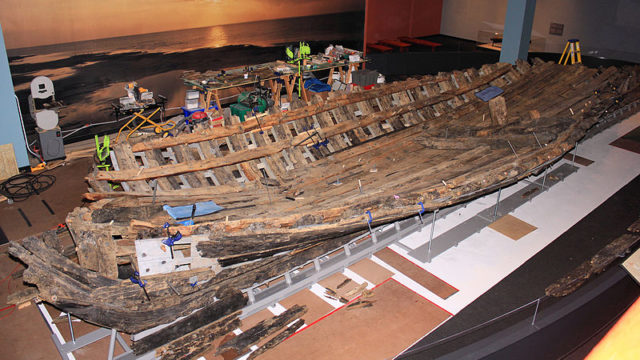
The first discovery at the site was made by Texas Historical Commission archaeologists in 1995, when they came across the keel and other structural pieces of La Belle off the coast of Texas. To retrieve other parts of the ships, experts then built a damn around the site, pumped it dry and successfully retrieved the large Hull of the ship which was largely intact and preserved under 6 feet of mud.
The next significant development took place most recently in 2012 when some 600 waterlogged structures and pieces were transported to Texas A&M. The timber was then carefully stored at 60 degrees below zero in the World’s largest archaeological freeze-dryer; this helped slowly rid the timber of more than 300 years of moisture.
